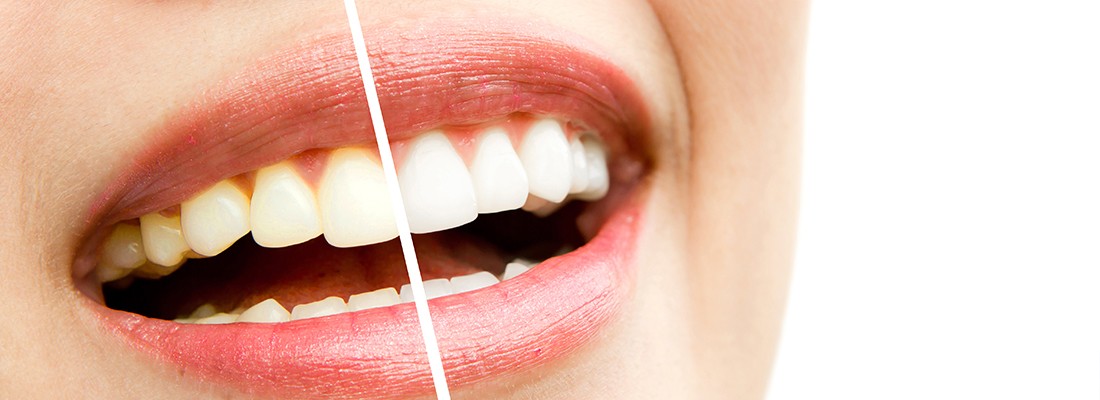Events and News

Common dental problems and lifestyle tips for better oral health
As an essential part of our overall health, dental and oral health is important to the point where having a poor oral and dental hygiene can lead to a number of problems regarding both the teeth, gums and etc. related to our oral condition as well as a number of other conditions which are linked to our oral health status like heart disease, cancer, and diabetes.
Taking care of our oral and dental condition and maintaining a healthy oral hygiene must be a lifelong commitment so that we can avoid having problems both in oral or our overall health. It is best to start learning the basics since childhood and implement those basic habits into our lifestyle for the rest of our lives. Habits such as flossing, brushing, using salt water and etc. are some of these basics and in long-term can help us in avoiding dental and oral conditions like dental cavities and gum diseases resulting in successfully avoiding expensive dental procedures.
The World Health Organization or the WHO indicates that conditions like gum disease or dental cavities are very common as statistics can make it clear for us that about 60 up to 90 percent of school children have at least one dental cavity and in general almost every adult will have or had once dealt with having a tooth cavity. On the other hand, about 20 percent of all adults in the age range of 35 to 44 have a serious condition of severe gum disease.
Additionally, research from WHO indicates that almost 30% of people from 65 years old up to 74 years old around the world are less likely to have any healthy teeth naturally. In general, those groups of people who are either poor or have more disadvantages are at higher risks of getting oral disease.
The following are some of the most common dental health conditions which are briefly explained with simplified explanations.
Tooth cavity or tooth decay
Cavities or decay is a condition when some areas in the hard surface of the teeth are damaged permanently and the result of the damage can be seen as holes or small openings on teeth. This condition may be referred to with many names including tooth cavities, tooth decay or caries. Tooth decay usually happens due to a combination of factors such as not cleaning the teeth well enough, having bacteria in your mouth, drinking a lot of sugary beverages and eating snacks frequently.
This condition is not as common in adults and usually happens to children, teenagers and older adults but is not considered as a condition exclusive to a specific age group and anyone can have them even infants whom have grown their teeth out.
If this condition is left untreated, the damage can get to deeper layers of the teeth and may lead to having a severely painful toothache, infection and even tooth loss. Maintaining good dental care habits such as good flossing and brushing the teeth well, along with paying visits to a dentist regularly can help you with avoiding the condition and treating it before getting worse.
Although tooth decay and tooth cavities are commonly known as the same condition, tooth decay can be considered as an earlier stage of cavities which is caused by a number of factors including:
Plague forms: Plague or dental plague is the film that coats our teeth which is a clear and sticky one. This film is formed when a high amount of sugar or starches are consumed regularly while the teeth are not cleaned well enough. As a result of not cleaning the teeth well enough, bacteria start feeding on this clear and sticky film and form plague. When the plague is formed, it remains intact on the teeth and over time, it can harden under or above the gums line into tartar and when this has happened, removing it will become even harder as it has now created a shield for bacteria.
Destruction continues: While the development of tooth decay is happening, march of bacteria and acid is continued through your teeth, and eventually this march is moved to the inner tooth material also known as pulp which consists of nerves and blood vessels. The bacteria affects the pulp to become swollen and irritated, as a result because there is no place for the swelling to expand inside of a tooth, the nerve becomes pressed, resulting in pain. Discomfort can even extend outside of the tooth root to the bone.
Plague attacks: The minerals in the tooth’s hard outer enamel is removed by the acids available in the plague. This leads to erosion which causes damage to the enamel and created tiny holes and opening on it, which is considered as the first stage of cavity development. Then, as the other areas of the enamel are worn away, the next layers of the teeth are available for the bacteria and acid to damage. This deeper layer is called dentin which has less resistance against acid and is also softer. If this layer is damaged, tooth sensitivity is now caused by the acid and bacteria.
In order to point out some of the signs and symptoms of having a tooth decay or cavity, we must first point out the fact that these symptoms and signs may vary based on their extent and location. In earlier stages of tooth cavity, when the condition is still in early developmental steps, it is possible to have no signs or symptoms at all whatsoever, however, with the condition making progress and damaging more of the teeth, some of the following signs and symptoms can be noticed:
• Having sudden pains in the teeth and toothache with no apparent reason or cause
• Increased sensitivity of the tooth to temperature either because of eating or drinking something sweet, hot or cold, or even breathing through the mouth. The pain is usually a sharp feeling of pain
• Visible holes or pits in your teeth
• Brown, black or white staining on any surface of a tooth
• Pain when you bite down

Gum disease or Periodontitis
Periodontitis which is also known as gum disease, is a condition where the gum infection is so severe that it starts damaging the soft tissue and if it is left untreated, it can destroy the bone which is responsible for supporting the teeth. This condition can lead to loosening of the teeth and tooth loss.
Despite the fact that this condition is very common, it can be easily prevented. Usually, poor oral hygiene and dental care leads to this condition, so in order to prevent this condition, you can at least brush your teeth twice a day, floss them every day and pay regular visits to your dentist, by doing these, you can not only decrease your risk of developing this condition, but you can also treat it first hand before it starts any further development.
Just like tooth cavities, gum disease is a result of having dental plague. When the plague has hardened under your gumline and into tartar, it can cause even more damage the longer it is not taken care of. However, when plague has reached this stage, brushing and flossing does not help you with removing it and it can only be removed by the hand of a professional dentist.
This plague can also cause gingivitis which is like the mildest form of Gum disease or Periodontitis. The irritation and inflammation of the part of the tissue of the gum which is located around the base of the teeth is called Gingivitis and the tissue around the base of the teeth is called gingiva. However, this condition can be reversed if professional treatment is applied along with optimal oral care at home.
Ongoing gum inflammation can cause periodontitis, which eventually result in the development of pockets between the gums and the teeth that fill with plaque, tartar and bacteria. Over time, bacteria will fill up these pockets as they have now become deeper. If the problem is left without treatment, these deep infections can lead to a loss of tissue and bone, and eventually it is possible to lose one or more teeth. Additionally, ongoing chronic inflammation may disrupt the work of your immune system.
To point out the difference between healthy gums and gums when there is gum disease, we can say that healthy gums are mostly firm and pale pink which are perfectly around the teeth, while gums in gum disease or periodontitis may be:
• Swollen or puffy
• Different variations of red color in the gums like bright red, dusky red or even purple
• Tenderness to the touch
• Gums that bleed easily
• Pink-tinged toothbrush after brushing
• Spitting out blood when brushing or flossing your teeth
• Bad breath
• Pus between your teeth and gums
• Loose teeth or loss of teeth
• Painful chewing
• New spaces developing between your teeth
• Gums that pull away from your teeth, making your teeth look longer than normal
• A change in the way your teeth fit together when you bite
resources:
https://www.mayoclinic.org/diseases-conditions/periodontitis/symptoms-causes/syc-20354473
https://www.mayoclinic.org/diseases-conditions/cavities/symptoms-causes/syc-20352892
https://www.kneibdentistry.com/dentistry-blog/10-common-dental-problems-and-treatment
https://www.healthline.com/health/dental-and-oral-health#causes
https://www.cdc.gov/oralhealth/conditions/index.html
https://www.who.int/news-room/fact-sheets/detail/oral-health



